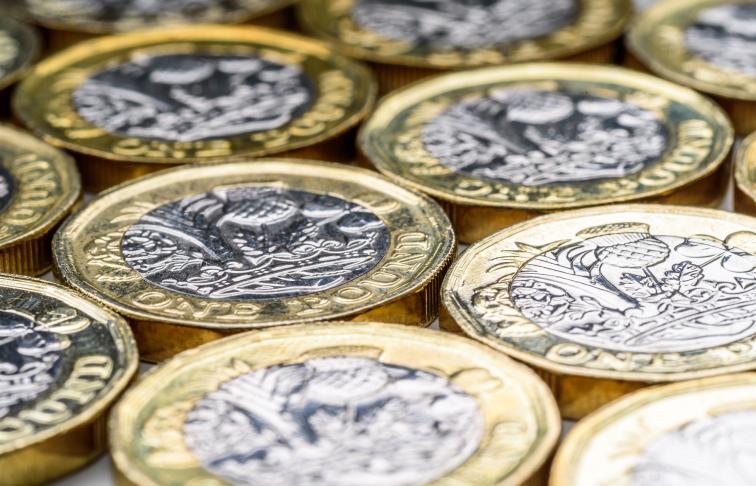Our Educate A Child International Fixed Term Deposit empowers education for marginalised and vulnerable children.


In 1983, our smallest-denomination banknote became our largest denomination coin when the £1 coin was introduced. To mark its 40 birthday, we bring you 10 fascinating facts about this useful little coin.
10 fascinating facts about the pound coin.
1. It’s not our first £1 coin; that is considered to be the Sovereign which was introduced by Henry VIII in 1489. Although this coin was round and featured the monarch, that’s where the similarity ends – it was made of solid gold.
2. By the 1980s, the government wanted to revert back to coins, albeit made of non-precious metals. This was because the £1 banknote could withstand only nine months of constant use before it needed to be replaced. The Royal Mint believed that a coin could “last as long as forty years”.
3. Alas, the change came just 34 years’ later. It wasn’t longevity that was the problem; the round £1 coins were too easy to counterfeit. In 2015, the Royal Mint estimated that as many one in 30 £1 coins in circulation was a fake.
4. The 12-sided £1 coin was introduced in 2016 and almost 650 million coins were minted in its first year, over 20% more than the first year of the old £1 coins (of which 443 million were issued in 1983).
5. There are currently approximately 1.5billion £1 coins in circulation. To put that figure into perspective, if it was divided between every single person living in the UK, we’d all get £22.
6. Our current £1 coin has several counterfeit measures, including a hologram-like image which alternates between '£' and '1' when seen from different angles (it’s the ridged section, underneath the monarch’s image). But did you know about the top secret one? Apparently, it needs a machine to detect it and, according to the Royal Mint, makes it impossible to fake.
7. The new £1 coin did keep one security element of the old one: it’s ridged edges. This feature was introduced by Isaac Newton, who was not only the mathematician, astronomer, alchemist, theologian and physicist that discovered gravity but was also warden and Master of the Mint 1696-1727. The ridges were effective in stopping the practice of shaving the edges off silver coins before spending them. For those of us old enough to remember £1 notes, he was the last Briton to feature on those, too.
8. The £1 design on the face of the £1 coin aims to recognise the national emblems of all four corners of the kingdom: the English rose, the Scottish thistle, the Welsh leek and the Northern Irish shamrock - all of which bloom from one stem within a royal coronet.
9. It is a British tradition for coins featuring the last and current monarch to co-circulate. So, Queen Elizabeth II and Charles III will both feature on £1 coins for now, but as no new coins of our late Queen will be minted, they will gradually disappear from circulation.
10. To mark the 40th anniversary of our modern £1 coin, a design by Kenyan artist Michael Armitage will be released into circulation. The design will celebrate the people of Britain and our diverse culture.